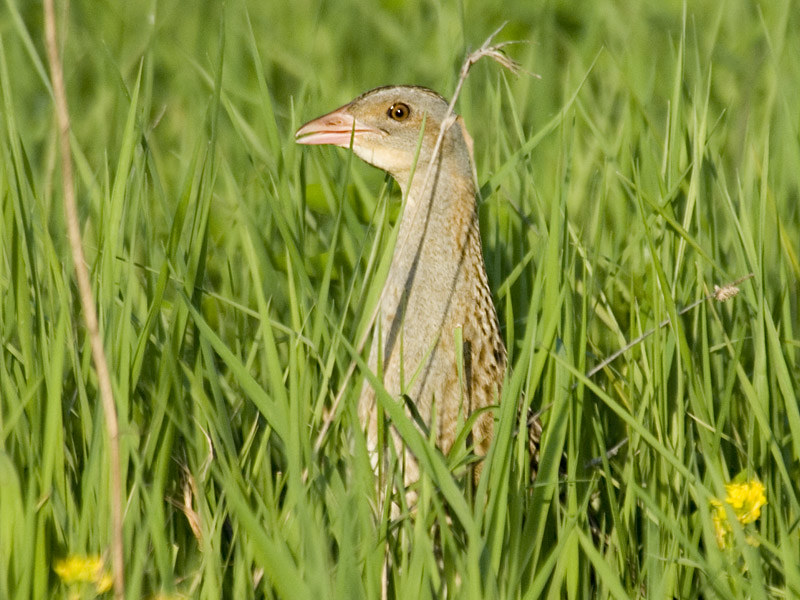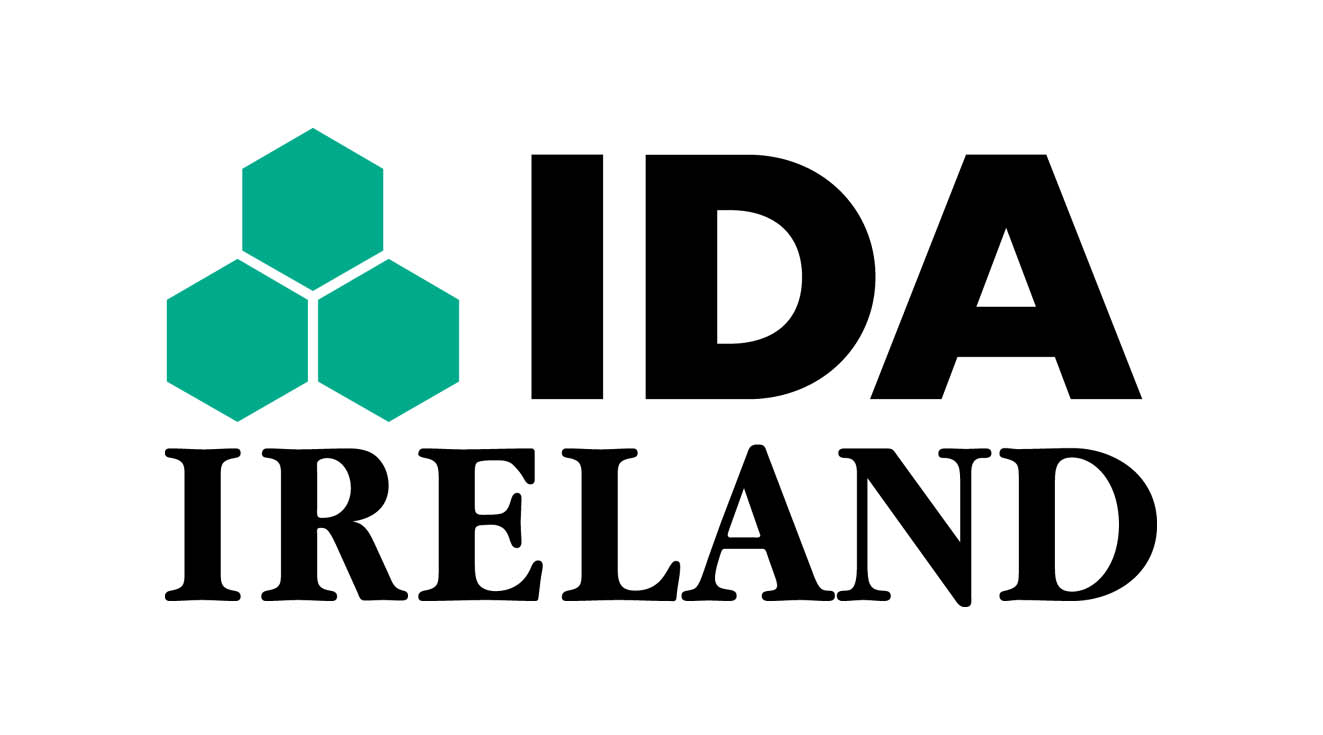A new €5.9m EU-funded LIFE conservation project overseen by the Department of Housing, Local Government and Heritage was launched in Gort a Choirce in Co. Donegal, Friday March 25th by Minister of State for Heritage and Electoral Reform Malcolm Noonan TD and Minister of State with responsibility for land use and biodiversity at the Department of Agriculture Food and the Marine Pippa Hackett TD. The project aims to revive the fortunes of the corncrake and ensure it remains a part of rural landscapes for years to come.
The project team will operate at coastal and island locations in Donegal, Mayo and Galway as well as associated farmland. Over a five-year period, Corncrake LIFE will work collaboratively with farmers and landowners to improve the landscape for the highly endangered bird. Measures will includes creating and maintaining areas of early and late cover, wildlife friendly mowing of grass, provision of refuge areas during meadow harvesting and incentivising later cutting dates. By the end of the five year project, the aim is to deliver a 20% increase on the 2018 population of Corncrake recorded in Ireland.
Locally-based field officers will provide guidance, direction and support to landowners while community engagement officers will work with stakeholders to establish the corncrake as an asset to the areas it frequents. Knowledge exchange groups and targeted schools programmes will be utilized to highlight the needs of the corncrake and create awareness of its endangerment.
The project is collaborating with the Department of Agriculture, Food and the Marine, Galway-Mayo Institute of Technology, Údarás na Gaeltachta and Fota Wildlife Park and will explore innovations such as flushing bars fitted to tractors to scare birds away from mowers, thermal imaging drones to find nests, and passive acoustic monitoring using high-tech microphones in an attempt to help locate the highly elusive birds.
Corncrake is a species listed for special protection under Annex 1 of the EU Birds Directive. Once synonymous with the Irish countryside, the population of Corncrake has declined by 85% since the 1970s, with a similar decrease in range, meaning that the species is now effectively confined to Connacht and Donegal, including offshore islands. Supporting Corncrake in these remaining strongholds is critical to the survival of this species in Ireland. Only 188 calling male corncrakes were recorded across Ireland in 2021.
Speaking at the launch Minister Noonan said, “the call of the corncrake was once a ubiquitous sound in meadows and grasslands across the island of Ireland. However, rapid changes to farming practices in the 1970’s spelled doom for the bird. The award of this funding demonstrates the ongoing importance of the EU LIFE programme in supporting conservation projects that have a regional or local focus, particularly in rural or peripheral areas. This funding will allow my Department, working in conjunction with stakeholders across Government and the communities in question, to put measures in place to help secure the future of this species, which remains a high conservation priority at a national and European level.”
Minister Hackett added, “given the fact that the Corncrake relies so much on habitats used for agricultural reasons, I am delighted that the Department of Agriculture, Food and the Marine is a key partner in the Corncrake LIFE project. My Department’s involvement reflects our increasing awareness that we need a more a cooperative approach to agri-ecology in our landscape. I was delighted to be able to secure additional funding recently for the results-based element of the Corncrake LIFE project. The use of scorecards to help steer and inform farmers as to what is on their lands is a very practical way of helping to advise farmers how to manage their practices to the benefit of the environment.”
Dr. John Carey of the National Parks and Wildlife Service who manages the project said, “the efforts will focus primarily on a combination of habitat creation and restoration, although some new and innovative approaches to corncrake conservation will be explored. The project will be developing knowledge exchange groups with farmers and advisors to share information on how to create and maintain high quality corncrake habitats and ensure that landowners can maximise their potential to receive rewards under the results-based pilot scheme.”













